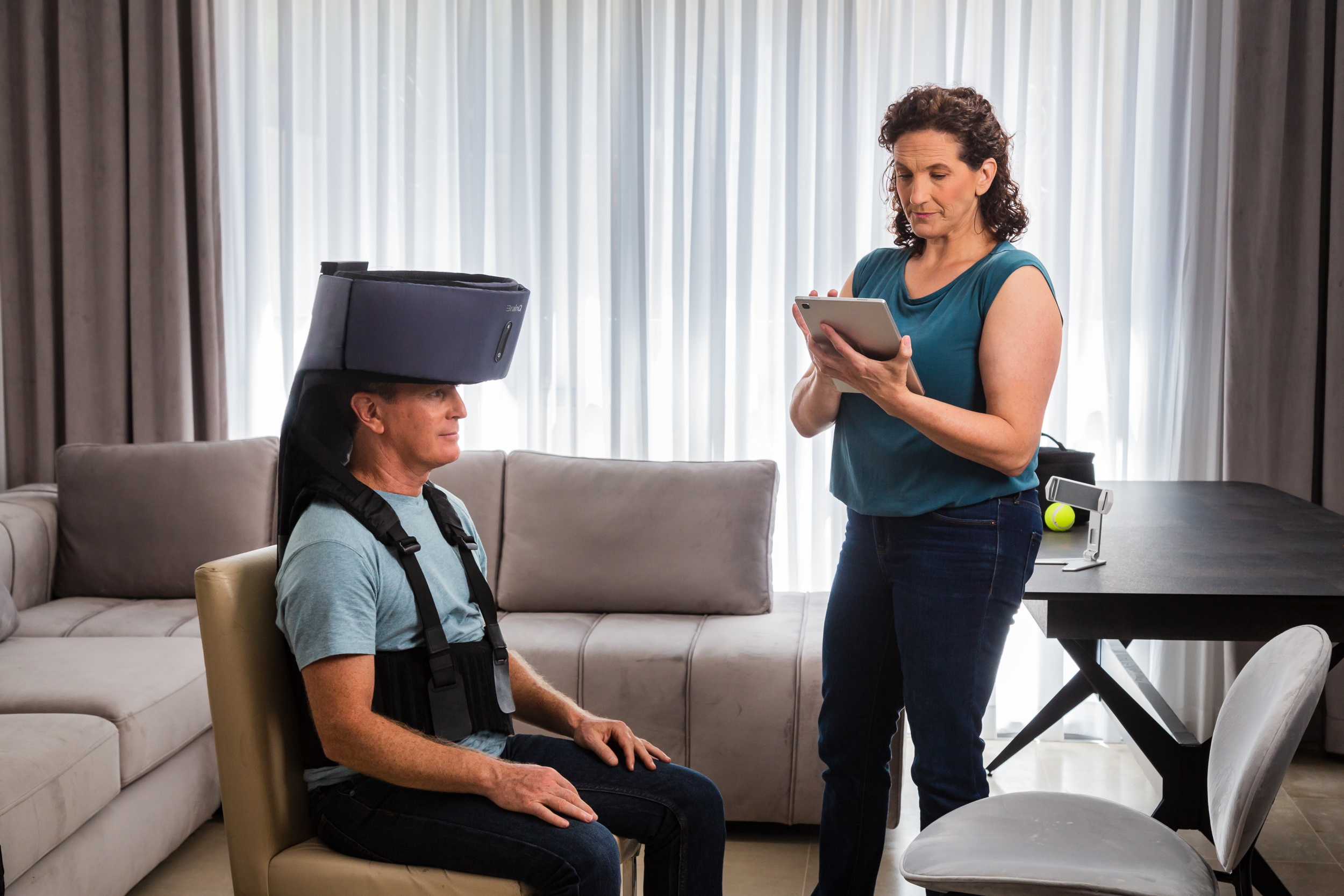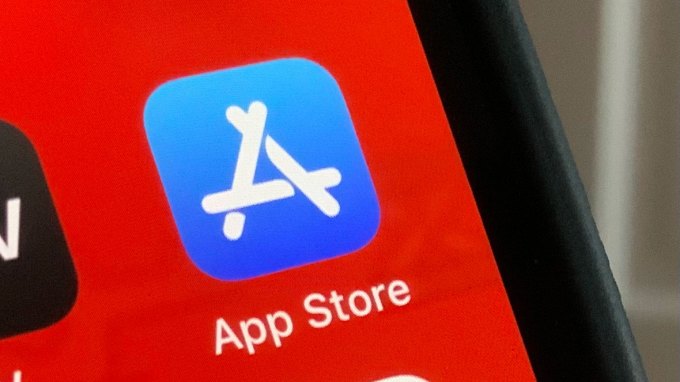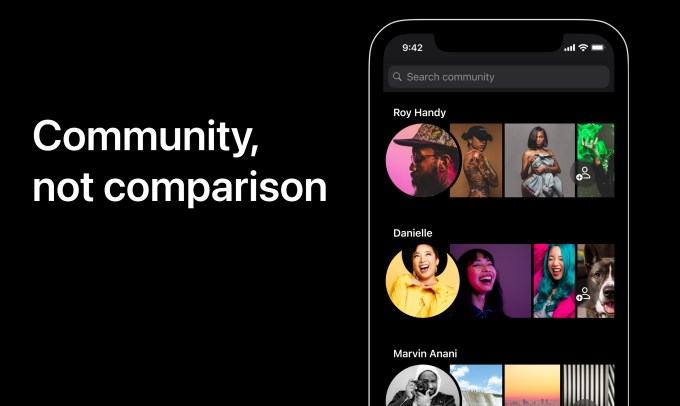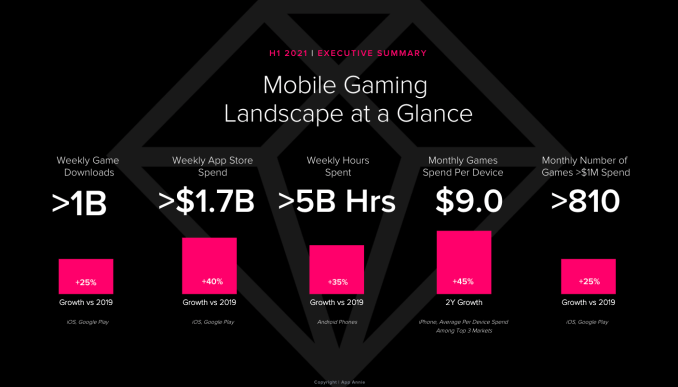- August 16, 2021
- by:
- in: Blog
Hello readers: Welcome to The Station, your central hub for all past, present and future means of moving people and packages from Point A to Point B. Two housekeeping slash teasers … Stay tuned this week for a series of articles on Nuro reported by investigative science and tech reporter Mark Harris with assistance from
Hello readers: Welcome to The Station, your central hub for all past, present and future means of moving people and packages from Point A to Point B.
Two housekeeping slash teasers …
Stay tuned this week for a series of articles on Nuro reported by investigative science and tech reporter Mark Harris with assistance from myself and our copy editorial team. This deep dive into Nuro is part of Extra Crunch’s flagship editorial offerings.
This so-called EC-1 series is designed to provide authoritative, deep analysis into a growth-stage company that not only offers a panoramic view of a specific business, but also teaches lessons learned from the veterans of these organizations, whether they be founders, sales leaders, product managers, software engineers, marketers or anyone else who contributed to the growth of a startup.
The goal, as EC-1 series editor Danny Crichton has written before, is to help TechCrunch readers understand the intricacies of building a company from as many angles as possible, while also getting situational intelligence on the best tech companies scaling up in the market today. The EC-1 takes its name from the Form S-1 filing that late-stage startups submit to the SEC as part of the IPO process.
Finally, I wasn’t able to attend Monterey Car Week this year (that’s me sighing deeply). Luckily, Tamara Warren was. Look out for her roundup of vehicles that stood out at this year’s event.
As always, you can email me at kirsten.korosec@techcrunch.com to share thoughts, criticisms, offer up opinions or tips. You can also send a direct message to me at Twitter — @kirstenkorosec.
Micromobbin’

The North American Rideshare and Scooter Association released its 2020 State of the Industry report, so I thought I’d share some of the findings that jumped out at me. Seeing as how 2020 will forever be known as the year of Covid, the report also quantifies the impact of the pandemic on shared micromobility and demonstrates the industry’s response.
An overview
In 2020, around 224 cities in the U.S., Canada and Mexico had at least one bikeshare or e-scooter system and 72 had both. This is 22% fewer than in 2019. All 129 e-scooter systems are dockless and electric, while the 167 city bikeshare systems have a mix of docked, dockless, and hybrid systems.
Other stats:
• 44% of cities with bikeshare systems have fleets that include e-bikes.
• Larger cities tend to have more vehicles per system and more per capita.
• Vehicle densities and utilization rates were higher in larger cities.
Stickin’ it to the car
• 36% of shared micromobility trips replace a car trip
• North Americans gained almost 12.2 million hours of additional physical activity through shared micromobility, by creating new trips and replacing motorized trips.
• Shared micromobility trips offset approximately 29 million pounds of CO2 emissions by replacing auto trips.
Money, money, moneyyyy
A recent study conducted by Emory University found that e-scooter programs increased unplanned spending at quick service restaurants and food and beverage stores. The study found:
• $921 per scooter of additional spending during the 6-month study period, and a 0.6% increase in total sales
• Scooter systems employ about 5,000 people. That’s 1 person for every 30 scooters.
Operators top program costs were: Rebalancing and recharging; Vehicle maintenance and repair; Overhead costs (e.g. insurance, fees, etc.). Their revenues came mostly from: Sponsorships (28%); Per ride fees (26%); Fixed fees (18%); Subsidies (10%)
Representation skews towards $$$
Rider representation improved in 2020, however it still skews towards white men and women in higher economic brackets. People with HHI of $50,000 and up were over-represented. The most over-represented group made between $50,000 and $75,000.
People aged 25 to 44 were massively overrepresented, as were white people and men. Black, Latinos and women to be underrepresented but again, apparently it was worse in 2019.
On the workforce end of things, it looks like there’s at least some conversations about diversity happening.
• 71% of operators stated that diversity is part of every hiring conversation.
• 69% reported that women and people of color are represented at all levels of their organization.
• 57% reported that staff is representative of the populations being served.
• 55% reported that their staff have completed cultural competency or diversity training
Becoming a part of the public transit ecosystem
• 50% of riders reported that they use shared micromobility to connect to transit.
• 16% of all shared micromobility trips were for the purpose of connecting to transit.
• 71% of all docked bikeshare stations are within one block of another public transportation mode.
Back to our scheduled programming
Indian ridehailing service Ola invested a ton of money last year into an e-scooter factory, and now those labors are coming to fruition. Ola is set to launch its electric scooter on August 15th. It comes with some fancy features like reverse mode, 10 new colors (many of which are pastels) and smarter charging that is fully automated to charge without the need for card or cash.
While we’re in India, the moped-sharing giant Bounce also has some news. The company said it has begun replacing its fleet of 30,000 petrol scooters with electric scooters. It’s partnering with startup Chara, which makes ‘switched-reluctance motors,’ so that it can make its own scooters in-house.
Finally, micromobility company Skip filed a petition for Chapter 7 bankruptcy last week, so it’s time to sell off its assets and pay its debts. Skip’s creditors are scheduled to meet on September 8 to go through the $10 to $50 million worth of liabilities and $50 to $100 million worth of assets. Helbiz, which is going public via SPAC this year, acquired Skip late last year as part of its own global expansion strategy. This is the first time (but maybe not the last) that we see a major scooter company file for bankruptcy.
— Rebecca Bellan
Deal of the week

The public filings they just keep on comin’ in 2021. The latest is Turo, the peer-to-peer car-sharing company.
The company initiated the confidential process of filing for an initial public offering with the U.S. Securities Exchange Commission. That means we don’t have that data dump that the S-1 provides. We will have to wait.
The number of shares to be offered in the IPO and the price range have not yet been determined, the company said in a statement.
Turo is 11 years old now; it’s not really a startup any more. Its marketplace, which lets car owners post an ad to rent out their vehicle on its app and website, is available in more than 5,500 cities across three countries. Turo was in Germany after taking over Daimler AG’s car-sharing subsidiary Croove alongside an investment deal. Notably, we learned that the company is no longer in Germany.
Turo’s last big funding round was in July 2019 when investors put $250 million into the company. That Series E round pushed the company into unicorn status and “past the billion-dollar valuation mark.” CEO Andre Haddad said in a blog post. Turo followed that up with a $30 million extension round the following February, bringing its total funding to date to over $500 million.
Speaking of publicly traded companies …. Joby Aviation made its public debut, 12 years after JoeBen Bevirt founded the company at his ranch in the Santa Cruz mountains. The air taxi developer began trading on the New York Stock Exchange on Wednesday under the ticker symbol “JOBY,” after completing a merger with special purpose acquisition company Reinvent Technology Partners. Aria Alamalhodaei interviewed Bevirt and Joby Executive Chairman Paul Sciarra about this moment and what’s coming next.
Other deals that got my attention this week …
Ambri, a battery tech startup based in Marlborough, Massachusetts, raised $144 million in funding led by strategic investors Reliance New Energy Solar, a wholly owned subsidiary of Reliance Industries Limited, Paulson & Co. Inc. Ambri’s largest shareholder, Bill Gates as well as new investors, Fortistar, Goehring & Rozencwajg Associates, Japan Energy Fund and others participated. The company said the money will be used to commercialize its technology and to build a domestic manufacturing facility.
Anchor Yacht Rentals, a Tampa, Florida startup that developed a platform to connect private yacht owners and licensed captains to riders, raised $2.5 million in seed financing led by Austin-based Silverton Partners. The company, founded in 2016, raised the capital to extend its presence across major U.S. and international travel markets.
ChargePoint made its second acquisition since going public in March, purchasing European electric fleet management company ViriCiti for €75 million ($88 million) in cash. The news comes just a few weeks after the EV charging network operator announced the purchase of European charging software company has·to·be.
Gopuff, the U.S. delivery app, acquired London-based on-demand grocery startup Dija, Sifted reported. The terms were not disclosed. Gopuff has made a couple of acquisitions over the past several months, including $115 million for fleet management startup rideOs and UK-based Fancy Delivery.
HopSkipRide raised $25 million in a Series C to help fund its growth and expand into 30 new markets over the next year and a half. The funding came from Energy Impact Partners, Keyframe Capital, FirstMark Capital and 1776 Ventures.
Jerry, the car ownership app, raised $75 million in a Series C round that values the company at $450 million. Te funding announcement comes just months after raising $28 million. Existing backer Goodwater Capital doubled down on its investment in Jerry, leading the “oversubscribed” round. Bow Capital, Kamerra, Highland Capital Partners and Park West Asset Management also participated in the financing, which brings Jerry’s total raised to $132 million since its 2017 inception.
Policy corner

Welcome back to policy corner.
I’m going to start this week’s column off with a little wet blanket reminder. The obvious news is that the $1.2 trillion infrastructure bill — the one that’s been in negotiations for months — passed. But, let’s not forget that it has passed the Senate and more work is required in the House before it can make it to President Joe Biden’s desk.
That’s not to take away from the historic passage, which was, as the New York Times notes, “uncommonly bipartisan.” But House Speaker Nancy Pelosi and progressive Democrats have said that they will not take up the bill unless and until both parts of Congress complete a budget reconciliation process that could earmark up to $3.5 trillion on a slew of domestic programs aimed at expanding the federal safety net, that would be funded in part by tax hikes on high-earners and corporations.
And the budget proposal? It has zero support from Republicans, suggesting a long and arduous road ahead for both the infrastructure bill and the national budget.
“What we’re doing here isn’t easy,” Senate Majority Leader Chuck Schumer (D-NY) said Wednesday. “We’ve labored for months and months to reach this point, and we have no illusions: maybe the hardest work is yet to come, but we are united in our desire to get it done.”
While the infrastructure bill did pass the Senate, it is very much a compromise, especially on the provisions related to transportation electrification. That’s why some House Democrats are eyeing the budget proposal as an alternative way to slip in some provisions that didn’t make it into the infrastructure bill. Rep. Debbie Dingell (D-Mich.), along with 27 other Democrats, sent a letter to Pelosi urging that the budget proposal include $85 billion for building out a national EV charging network. (The infrastructure bill earmarks $7.5 billion for EV charging.)
In other news, it looks like President Biden is contemplating setting a 2050 target for airlines to switch 100% to sustainable aviation fuel (SAF), hand-in-hand with possible incentives to help the industry make the transition. Commercial aviation is a notoriously difficult sector to decarbonize because, with today’s battery technology and energy density limits, the amount of batteries needed to get a Boeing 737 off the ground and across the Atlantic would far exceed the weight limits of the aircraft.
That leaves zero-emissions jet fuels. Some current aircraft models can accept a 50/50 blend of SAF and conventional fuel, but new aircrafts will need to be developed that can accept 100% SAF. Given that fuel is one of the highest costs for airlines, industry will likely lobby for substantial government support before endorsing a zero-emission mandate, even one that is non-binding.
— Aria Alamalhodaei
Notable news and other tidbits

Welp, earnings dominated this week, but there was other news too. Let’s dive in.
Autonomous vehicles
Einride and Bridgestone partnered partnership that should be viewed as a data collaboration. Einride will collect new layers of safety and efficiency-related data from Bridgestone’s smart-sensing tires. Meanwhile, Bridgestone will use that data from Einride’s testing and operations to integrate its advanced mobility technologies into Einride’s onboard vehicle platforms.
Kiwibot, the robotic sidewalk delivery startup, partnered with food services and facilities management giant Sodexo to bring its robots to U.S. college campuses. Starting this month, students and faculty at New Mexico State University, Loyola Marymount University and Gonzaga University are expected to have the option to order meals via robots from Sodexo-serviced locations on campuses.
Motional, the autonomous vehicle company born out of a $4 billion joint venture with Aptiv and Hyundai, said it is expanding its presence in California by opening a new operations facility in Los Angeles to support testing on public roads, hiring more engineers and adding an office in Silicon Valley.
The investment into the area follows a hiring spree that has pushed Motional’s total headcount to more than 1,000 people, an expansion into Seoul and its announcement last December to launch fully driverless robotaxi services in major U.S. cities in 2023 using the Lyft ride-hailing network.
Starship Technologies, an autonomous delivery services company that, like Kiwibot, uses sidewalk robots, announced it will begin delivery service on four additional college campuses this fall, adding to the 20 campuses on which it already operates.
Earnings time!
Arrival, the UK-based electric vehicle company, still has no revenue yet to speak of and its earnings report reflects the expenses associated with bringing a new vehicle to market. Arrival reported an EBITDA loss of €29 million ($34 million). Its adjusted EBITDA loss was €35 million ($41 million) which widened from the first quarter’s loss of €27 million ($31 million).
Capex came to €65 million ($76 million), primarily due to the costs of staff working on product development and other costs related to factory equipment. The company anticipates spending between €175 million to €225 million ($205 million to $264 million) on capex in the remainder of the year, an increase caused by expenses from the Bicester, U.K. microfactory and planned openings of other factories in South Carolina and one-off tooling costs.
Notably, the company said it was on track to meet planned product launch dates, but much will depend on whether or not the company can fulfill orders and turn letters of intent into sales — especially a crucial van order with UPS, which could bring in upwards of $1 billion in revenue.
Hyzon Motors, the hydrogen-powered heavy-duty truck company, is another pre-revenue company that went public via a SPAC. The company reported a net loss for the second quarter of $9.4 million, including $3.5 million in R&D expenses. It had a negative adjusted EBITDA of $9.1 million. The company has $517 million in cash on hand, enough to reach free cash flow by 2024 without having to sell additional equity.
The company, which is banking on the $500 million injection of capital from the transaction and growing customer orders to take it to positive cash flow, said it is preparing to start its first customer trials in the United States.
Lordstown Motors reported a net loss of $108 million, a 13.7% improvement from the first quarter loss of $125 million. Its net losses are more than tenfold higher than the -$7.9 million it reported in the same period last year.
The company cut research and development spending by 17% from the previous quarter to $76.5 million and increased its capital expenditures to $121 million from $53 million in the first quarter. Lordstown also increased its capital expenditure guidance for the year, from $250 million to $275 million to a $375 million to $400 million range, a spike related to its need to prepay for equipment.
Executives at the beleaguered EV startup said they’re on track to begin production of its flagship electric truck Endurance, but only select customers will begin to receive vehicles early next year.
Luminar, the lidar company, reported $6.3 million in revenue, a 19% increase compared to the prior quarter. The company reported a net loss of $36.8 million up from the $25.4 million in same period last year. The newly public company did raise its full-year 2021 revenue guidance to $30 million to $33 million versus prior guidance of $25 to $30 million. a quick scan of their second-quarter earnings shows a company trying to grow — as its expanding operating losses illustrate.
Vroom, the online car marketplace, reported a net loss of $65.8 million, which included $22.6 million in one-time, IPO-related costs, Automotive News reported. Vroom went public in June 2020. Vroom did report higher revenue and vehicles sales.
Electric vehicles
Elon Musk publicly complained via tweet that Renesas and Bosch, two of the world’s biggest auto-chip suppliers, are hurting the Tesla’s production, Bloomberg reported.
Polestar released pricing and other details on two new versions of its Polestar 2 electric vehicle, Car and Driver reported. A single-motor version will start at $47,200, and a dual-motor version will have a base price of $51,200, which is cheaper than last year’s Launch Edition model. (I’m looking forward to trying these new variants out.)
Flight
Amazon’s $1.5 billion air cargo hub in Northern Kentucky opened this past week, marking the latest effort by the e-commerce giant to connect a network of 40 sites and control all aspects of delivery as demand for speed and convenience accelerates.
The Amazon Air Hub operations, located at the Cincinnati/Northern Kentucky International Airport, will be the center of its U.S. cargo network. Amazon said the U.S. hub will eventually operate a dozen flights per day and process millions of packages every week.
Archer Aviation is seeking $1 billion in damages from Wisk Aero, according to court filings, escalating the ongoing legal battle between the two air taxi rivals.
Wisk “deployed a knowingly false extra-judicial smear campaign that projected stand-alone defamatory statements about Archer to the world,” the filing says. On this basis, Archer claims that this “smear campaign” has negatively impacted its ability to access capital and has impaired business relationships, resulting in damages “likely to exceed $1 billion.”
Misc. mobility
BlackBerry has partnered with Car IQ to bring a secure vehicle-based payment platform to the BlackBerry/AWS IVY ecosystem. The system helps create a “digital fingerprint” for the vehicle, according to the company and will connect to a bank’s payment network, validate, and pay for services such as fuel, tolls, parking, maintenance, along with other “wallet” capabilities.
Michigan’s Office of Future Mobility and Electrification and the Michigan Department of Transportation have partnered to provide grants to companies focused on mobility and electrification that are looking to deploy their technology in the state.
Grants are focused on “sustainable futures” aka electric vehicle adoption and charging infrastructure, “equitable futures,” which means affordable and reliable transportation options, and multimodal transportation. Check out the process here.























 Privacy-oriented search app Xayn
Privacy-oriented search app Xayn  Pokémon GO developer Niantic
Pokémon GO developer Niantic 


